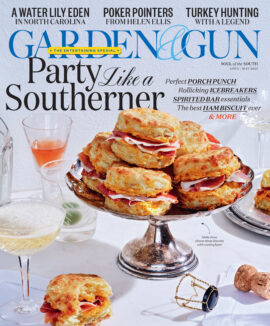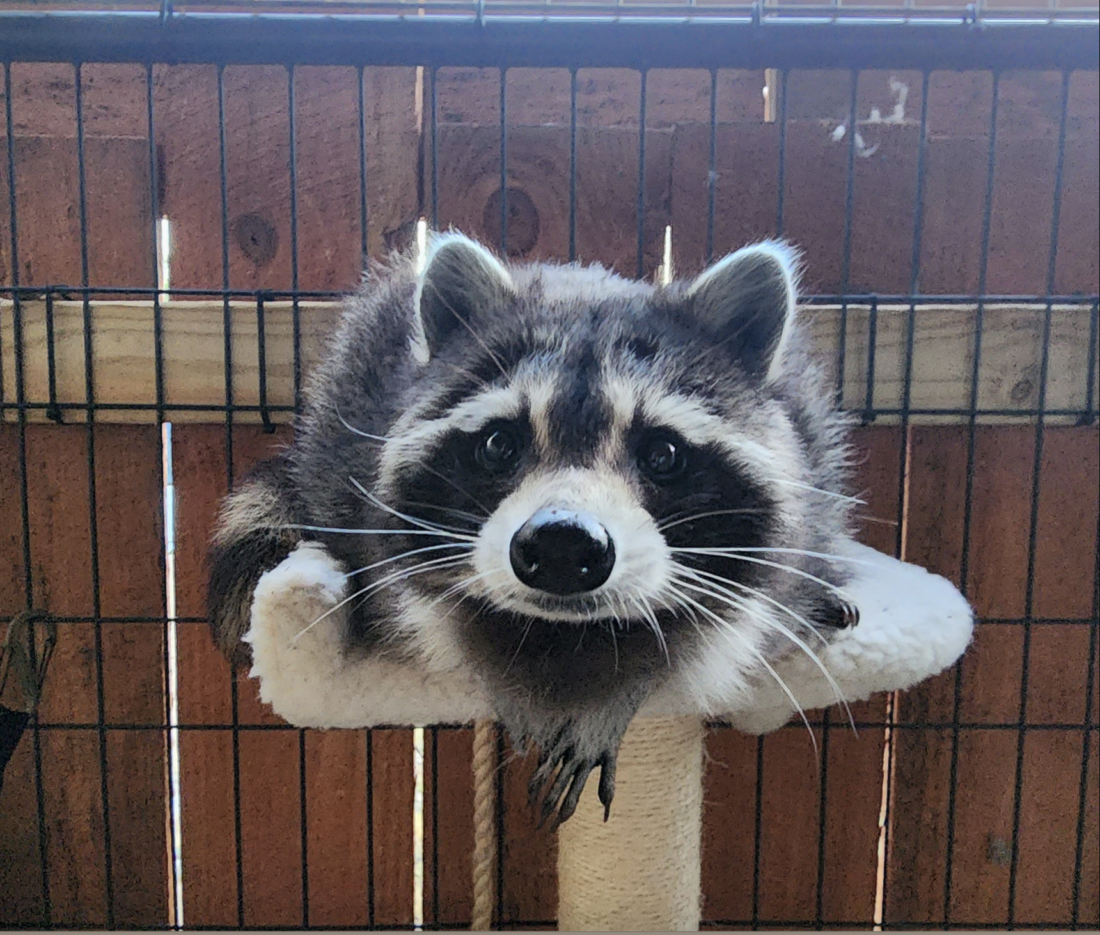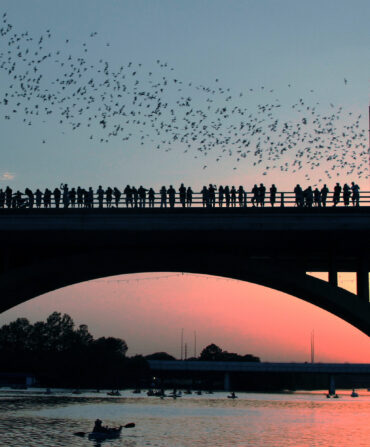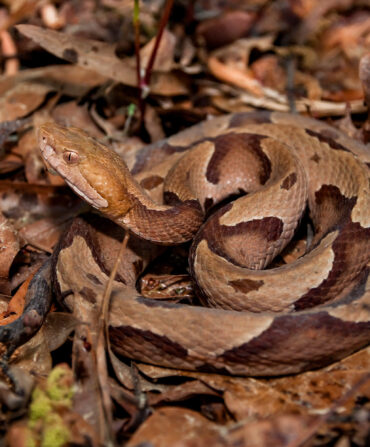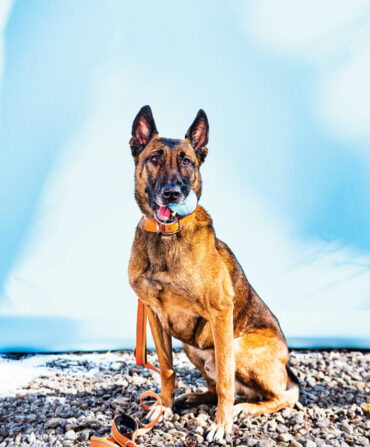Since G&G’s Good Dog Photo Contest opened a few weeks ago, we’ve gotten thousands—2,142 so far to be exact—of submissions. We do look at every entry, so we noticed when a photo of a cheeky raccoon named Dory popped up, and we saw that she was racking up votes. Sadly, we had to disqualify Dory; imagine the mayhem if we allowed any non-dogs to compete. However, we were curious about the bright-eyed critter perched on a cat tower—and the passion she’d apparently ignited—so we called up the wildlife rehabilitation center in Liberty, South Carolina, that entered her. They shared her (incredibly sweet) backstory.
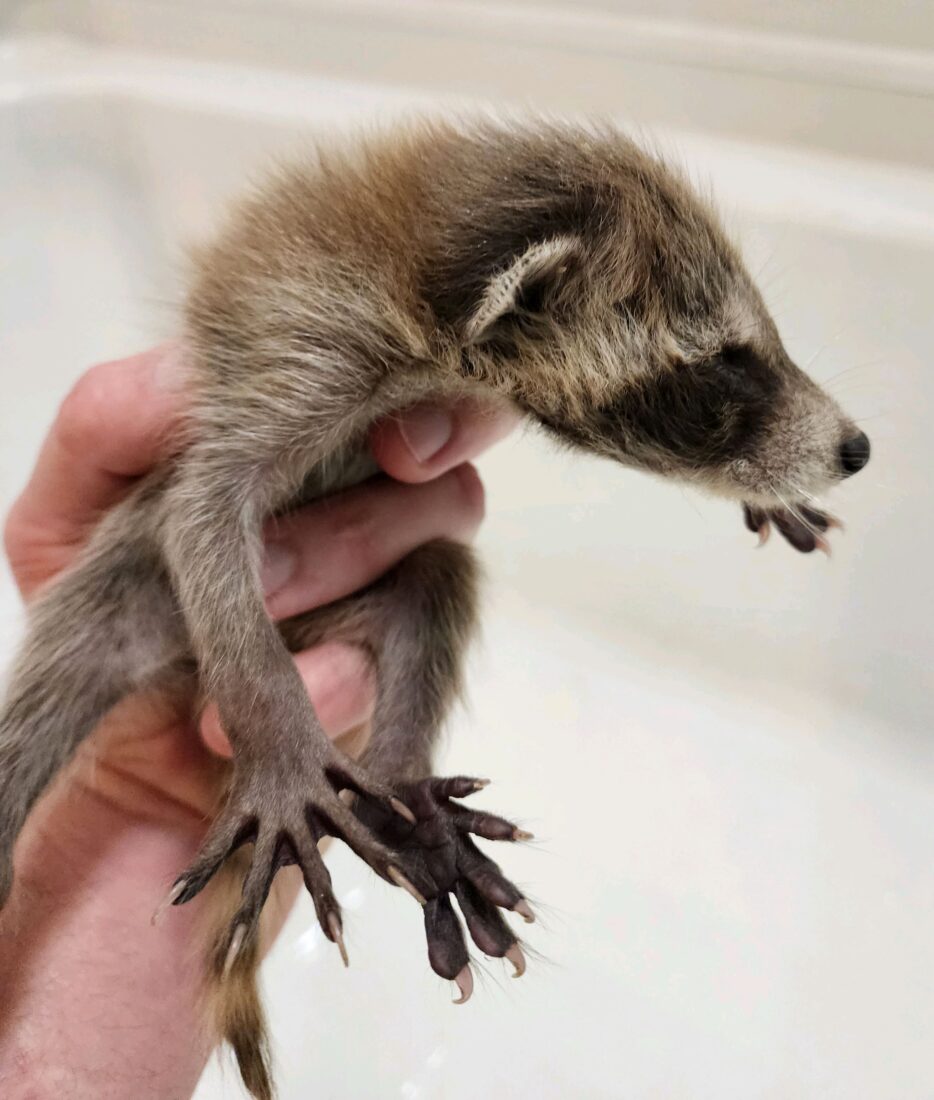
Twelve years ago, Greg Askew and his wife, Angel Durham, started Izzie’s Pond, a nonprofit named for their daughter and focused on rehabbing waterfowl. Their mission has since expanded to accept all manner of orphaned and injured wildlife, including bobcats, foxes, otters, beavers, and skunks. Raccoons, in particular, flood in. Some have canine distemper, an often-fatal virus that prompts most animal control agencies to euthanize. Others are injured from car strikes or traps, and many are displaced by developments felling woodlands and giving no thought to the wildlife left homeless. A given spring can bring in over 200 orphaned raccoons in need of bottle feeding and care before they can be released back into the wild.
Almost a decade ago, Dory was one such orphan. Her mother and siblings all died of distemper, which affects the respiratory, gastrointestinal, and nervous systems (humans cannot catch it). Askew and Durham were able to save Dory, but the lasting neurological damage meant she could never return to the wild. “I don’t condone people taking a wild animal for a pet,” Askew says. “But Dory was different; she could never survive on her own, and she didn’t thrive in an enclosure outside because she had seizures.” The family kept her in their home to monitor her, and soon enough she was using a litter box and became a household fixture—and a total handful, as she could open doors and get into anything.
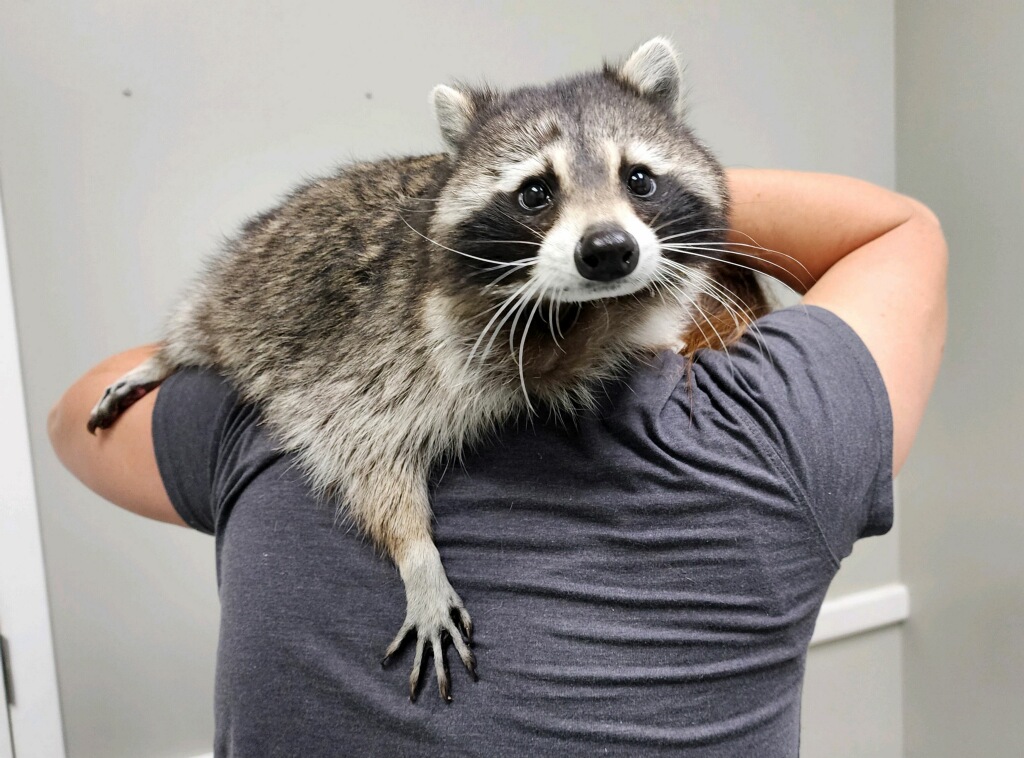
“We would sit there and watch a movie with popcorn, and she would come sit with her back to the pillow right next to you,” Askew remembers. “You’d grab a piece of popcorn, and she’d grab a piece of popcorn. As you got to the bottom of the bowl, if you grabbed a piece and went to eat it, she’d take it out of your hand. She’d sleep in bed with my daughter. She was just part of the family.” Sadly, Dory recently passed away of cancer, and Askew entered her photo in Garden & Gun’s contest as a tribute.
Still, the work at Izzie’s Pond continues—there are always more (unfailingly adorable) animals that need help, as a scroll through their popular Facebook page attests. Currently about 170 animals rely on their care, and Askew and Durham are raising money to fund a new medical facility and revamp a partnership with veterinary students at Clemson University.
Though Dory is now gone, she left an indelible mark on Askew’s family. “She changed my perspective on how intelligent raccoons really are,” he says. “They’re sentient beings. They experience emotions. They feel fear. They have compassion. They feel love. They form friendships. You just see them differently.”
Askew also reckons that with the momentum Dory had going before her disqualification, she might have won the people’s choice award in the Good Dog Photo Contest—and we just might agree.
Izzie’s Pond is always in need of volunteers and donations. Learn how to get involved here.

